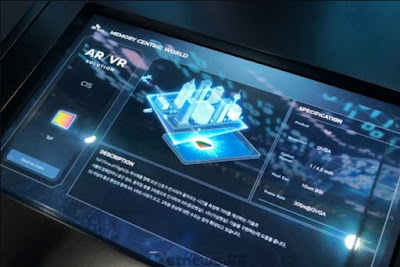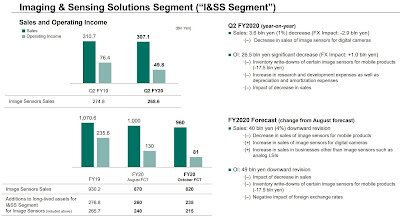GlobeNewswire: STMicroelectronics extends its portfolio of FlightSense ToF sensors with a 64-zone device. This first-of-its-kind product comprises a 940nm VCSEL light source, a SoC sensor integrating a VCSEL driver, the receiving array of SPADs, and a low-power 32-bit MCU core and accelerator running firmware. The VL53L5 retains the Class 1 certification of all ST’s FlightSense sensors and is fully eye-safe for consumer products.
“The multi-zone VL53L5 FlightSense direct Time-of-Flight sensor uses our most advanced 40nm SPAD production process to offer outstanding 4m ranging performance and up to 64 ranging zones that help an imaging system build a detailed spatial understanding of the scene,” said Eric Aussedat, GM of ST’s Imaging Division. “Delivering 64x more ranging zones than previously available, the VL53L5 offers radical performance improvement in laser autofocus, touch-to-focus, presence detection, and gesture interfaces while helping developers create even more innovative imaging applications.”
With a vertically integrated manufacturing model for its FlightSense sensors, ST builds its SPAD wafers on a 40nm proprietary silicon process in the Company’s 12” wafer plant at Crolles, France before assembling all of the module components in ST’s back-end plants in Asia. This approach delivers exceptional quality and reliability to customers.
Packaged in a 6.4 x 3.0 x 1.5 mm module, the VL53L5 integrates both transmit and receive lenses into the module design and expands the FoV of the module to 61-degrees diagonal. This wide FoV is especially suited to detect off-center objects and ensure perfect autofocus in the corners of the image. In the ‘Laser Autofocus’ use case, the VL53L5 gathers ranging data from up-to 64 zones across the full FoV to support “Touch to Focus” and many other features.
Further flexibility is available via the SPAD array, which can be set to favor spatial resolution, where it outputs all 64 zones at up to 15fps, or to favor maximum ranging distance, where the sensor outputs 4×4/16 zones at a frame rate of 60fps.
ST’s architecture can automatically calibrate each ranging zone and direct Time-of-Flight technology allows each zone to detect multiple targets and reject reflection from the cover-glass.
Customer development with the VL53L5 can build on ST’s strong relationships with key smartphone and PC platform suppliers as ST has pre-integrated the sensor onto these platforms. The VL53L5 is in mass production with millions of units already shipped to leading wireless and computer manufacturers.



















































